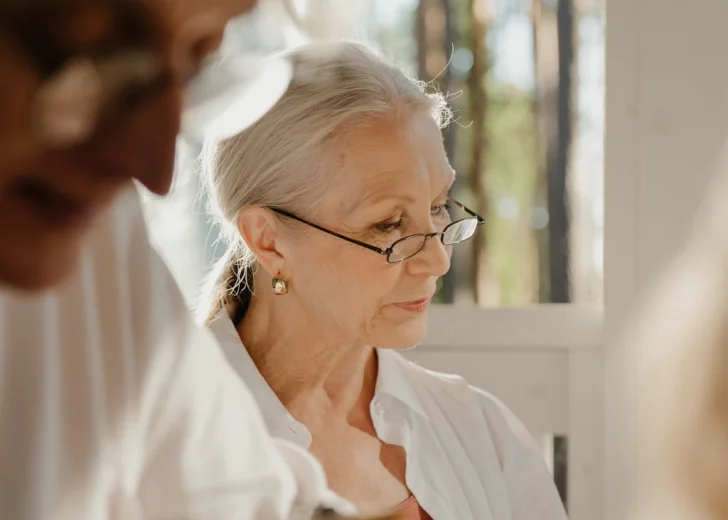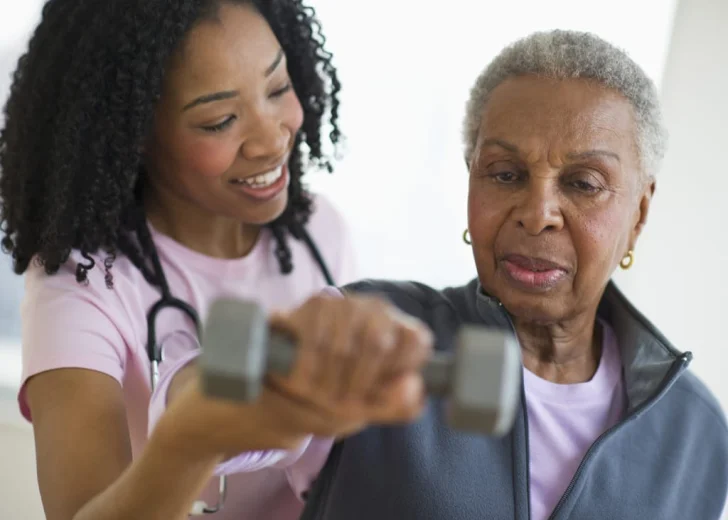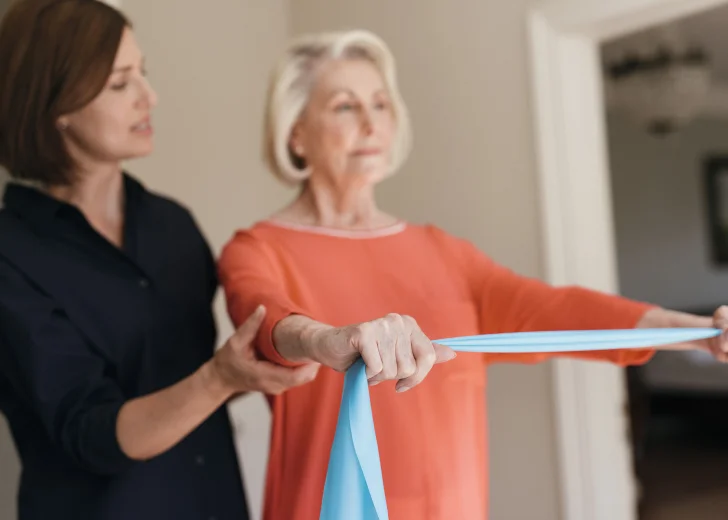Preventing falls is crucial for maintaining health and independence, especially for older adults. Here are some tips to help prevent falls.
Regular exercise
Engage in activities that improve strength, balance, and flexibility. This can include walking, tai chi, yoga, or specific exercises prescribed by a healthcare professional.
Home safety modifications
Remove tripping hazards like rugs, clutter, and cables.
Install handrails on both sides of staircases and grab bars in the bathroom.
Ensure good lighting, especially in hallways, staircases and entryways.
Footwear
Wear comfortable, well-fitting shoes with non-slip soles.
Avoid walking in socks or slippers, especially on smooth surfaces.
Regular vision check-ups
Poor vision can contribute to falls. Make sure your prescription is up to date and consider adding extra lighting or contrast in areas where you walk.
Medication management
Review medications with your healthcare provider to identify any that may cause dizziness or affect balance.
Be aware of side effects and take medications as prescribed.
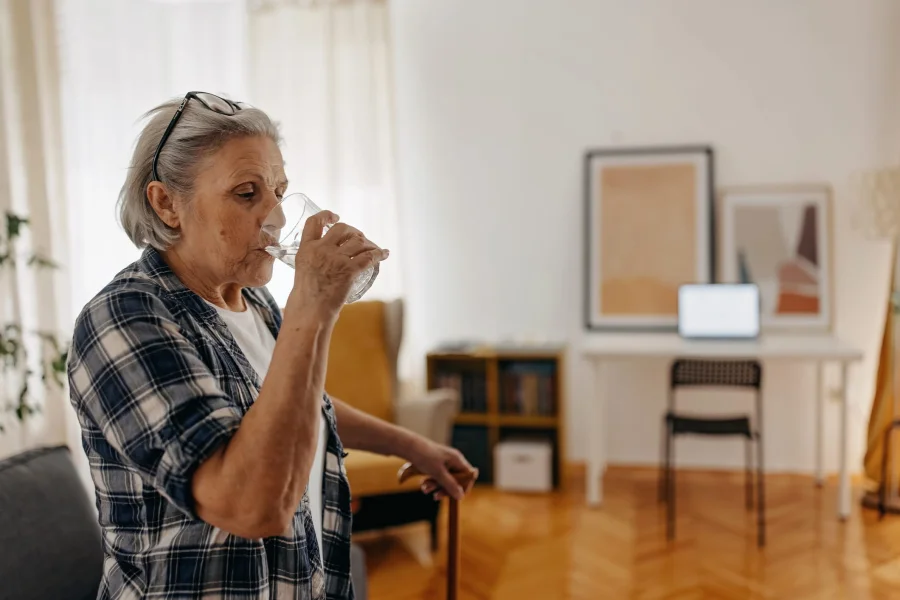
Stay hydrated and nourished
Proper nutrition and hydration are important for maintaining strength and energy levels.
Use assistive devices
If necessary, use a cane or walker for added stability.
Consider using a shower chair or bench in the bathroom.
Be mindful of wet or slippery surfaces
Wipe up spills promptly and use non-slip mats in the bathroom and kitchen.
Stay mindful and take your time
Rushing can lead to accidents. Slow down, especially when getting up from a sitting or lying position.
Know your limits
Don’t attempt tasks that are physically demanding or require balancing if you’re unsure of your ability.
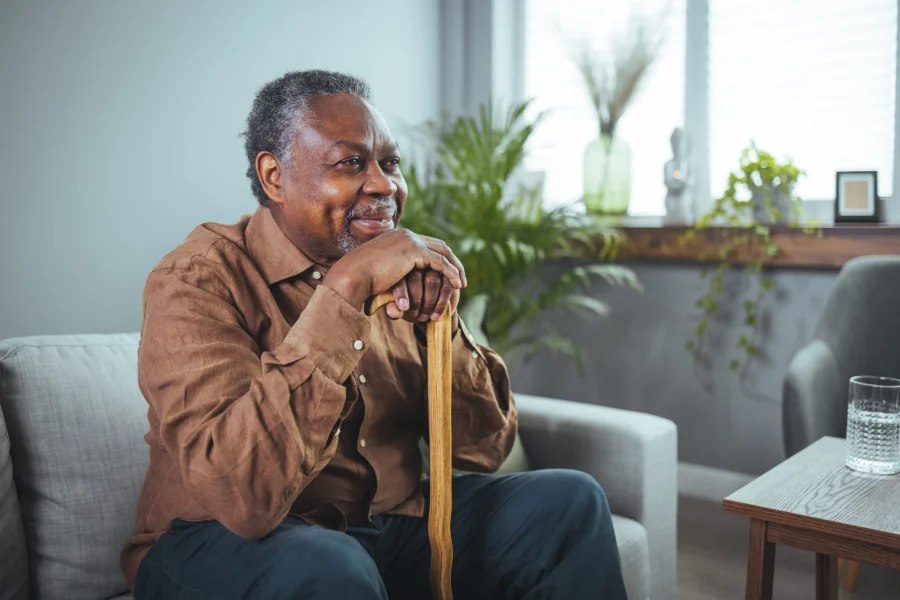
Regular health check-ups
Regular check-ups with your healthcare provider can help identify and address any health issues that might increase the risk of falling.
Stay active mentally
Engage in activities that challenge your mind, crosswords, puzzles and sudoku – mental sharpness can contribute to physical stability.
Fall detection and alert devices
Consider using a medical alert system that can automatically detect falls and alert help if needed.
Fall-proof your environment
Arrange furniture to create clear pathways.
Secure loose rugs and mats with non-slip backing or double-sided tape.
An occupational therapist can assess your home to support and give advice on any equipment that might help you.



